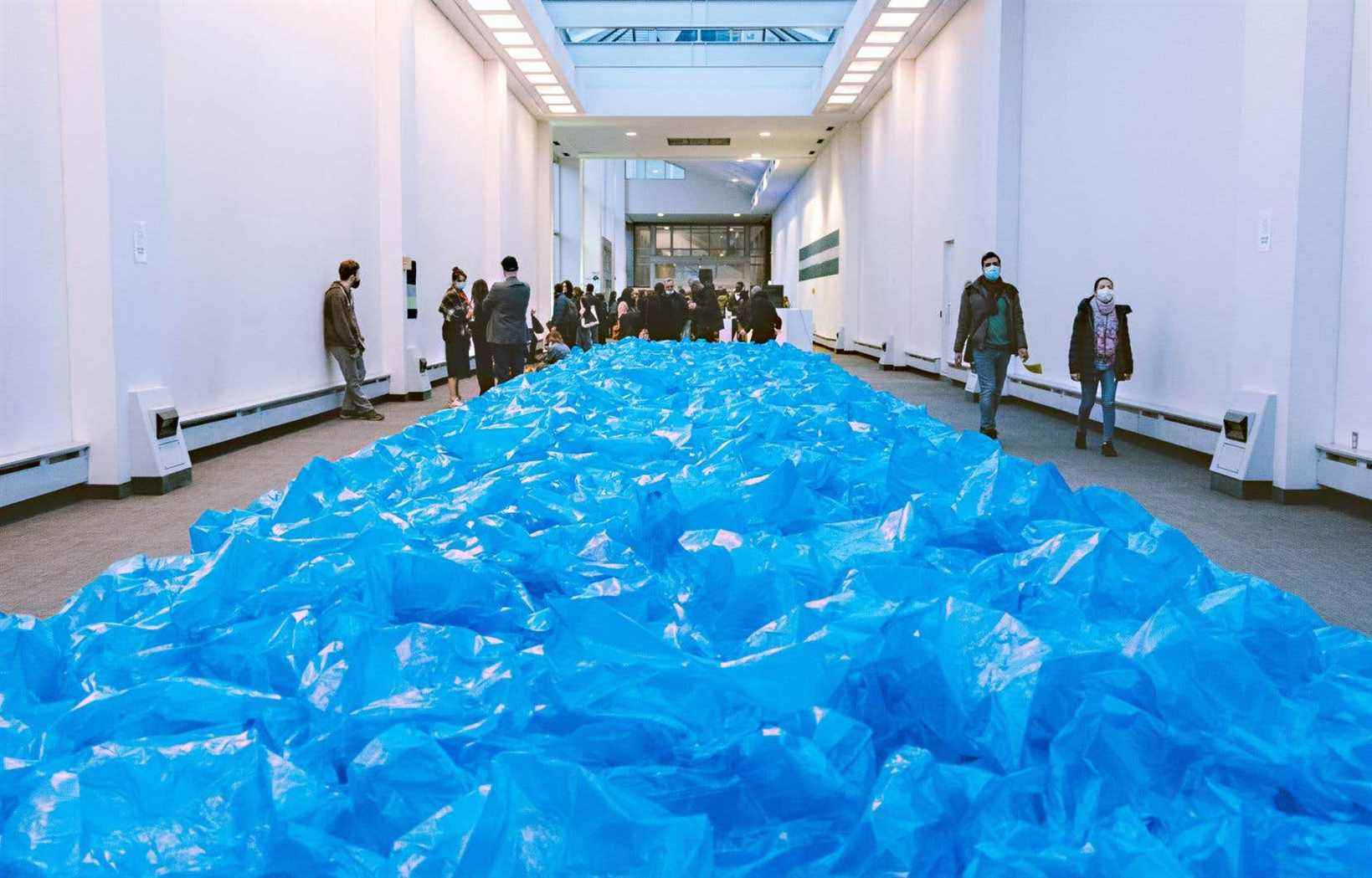The theme of the Underground Art exhibition this year is Resilient Voices-Ways, inspired by the reflections of one of the guest curators, Eddy Firmin. The artist and professor at the University of Nova Scotia College of Art and Design in Halifax agreed to answer our questions.
The theme of the Underground Art exhibition this year is Resilient Voices-Ways, inspired by the reflections of one of the guest curators, Eddy Firmin. The artist and professor at the University of Nova Scotia College of Art and Design in Halifax agreed to answer our questions.
The Resilient Voices-Paths theme is in line with struggles for social justice. If art has a real impact, did you have in mind a work that absolutely had to be exhibited?
Art makes it possible to revisit history, and current events, with unexpected approaches and unexpected insights. In itself, it means nothing. It is the artist who names, sculpts, imagines. His creativity, his intelligence, his talent make works that make us aware… It is impossible for me to name a single case, because I thought of this project as a dialogue between indigenous and Afro-descendant voices/ways. For example, Nadia Myre speaks for those who cannot express themselves (the land, the water, the animals, future generations) and points out the toxic laws that affect Aboriginal people. We find this historical toxicity in Jean-François Boclé or Richard-Viktor Sainsily, who evoke the trade in black bodies. These three artists from different latitudes talk about the continuity of violence.
You pay tribute to Rosie Douglas, one of the leaders of the 1969 revolt on the campus of Sir George Williams University (now Concordia University), which sought to bring together indigenous and black communities. How does this translate into Underground Art?
My project is to recall that her contribution, here in Montreal, goes beyond the race riot of 1969. Rosie was in contact with the leaders of the struggle for civil rights in the United States and had an impact on Quebec consciences. It was not just Afro-Quebecers he was calling out to. white niggers of america, by Pierre Vallières, feeds on that. Sean Mills describes the contribution of Afro voices to Quebec identity in Challenge the empire. Postcolonial thought and political activism in Montreal, 1963-1972. My goal is not to translate Rosie’s project into “language of the arts”, but to offer a visual and contemporary poem. I put voices in dialogue and, by mirror effect, reveal new ones. Start the world over, reimagine it, never stop dreaming it. When I think of “post-Rosie Douglas”, I pay attention to what transcends our differences, to what makes us human beings driven by high values.
You have selected the works of 15 artists. Among the pitches of this 6 km course, is there one that you are particularly satisfied with?
As I said above, there is not a casting vote. I appreciate the dialogue between the works and the artists. I want the public to be attentive and enter into conversation with what is said and what is not said.
